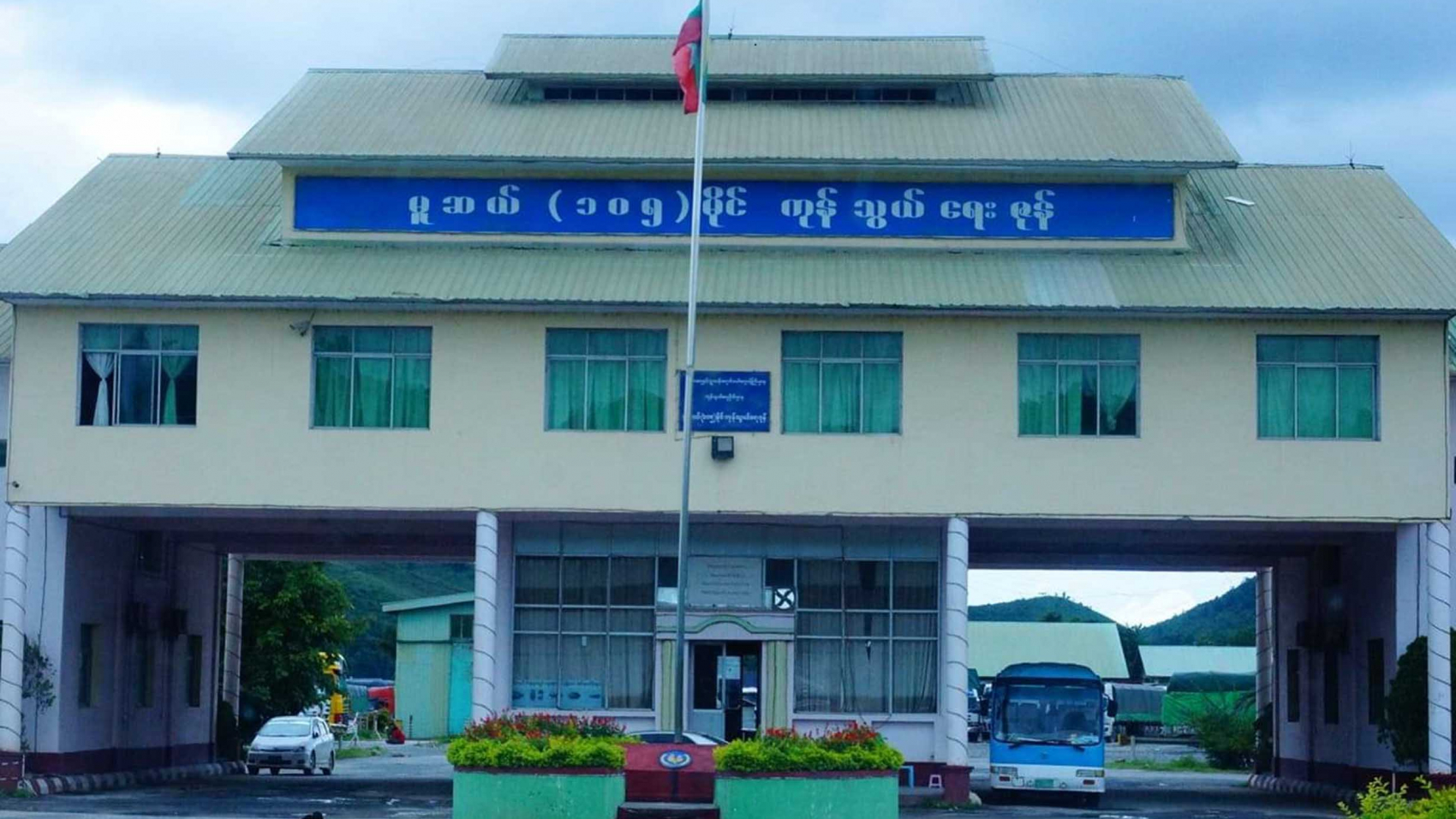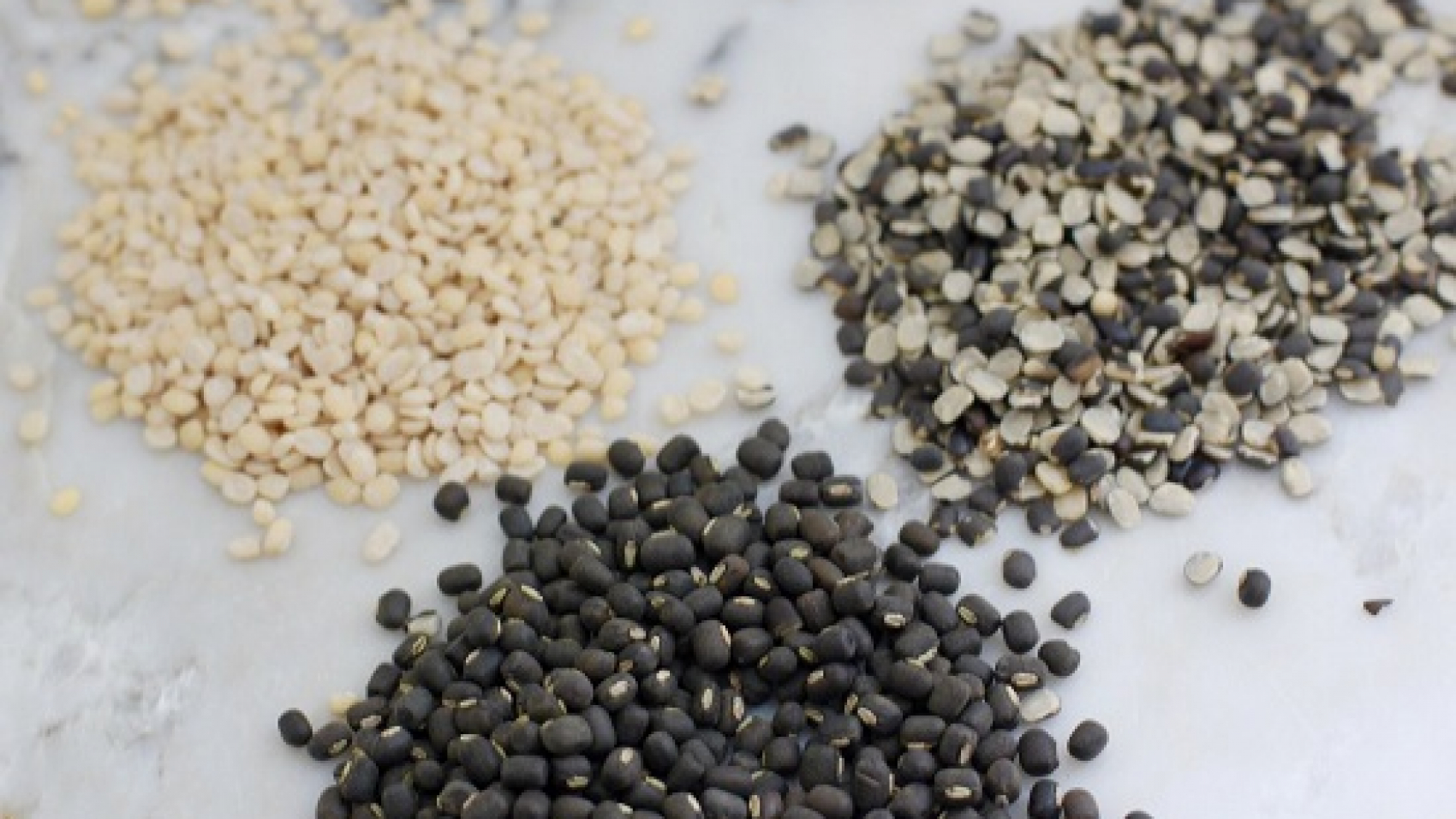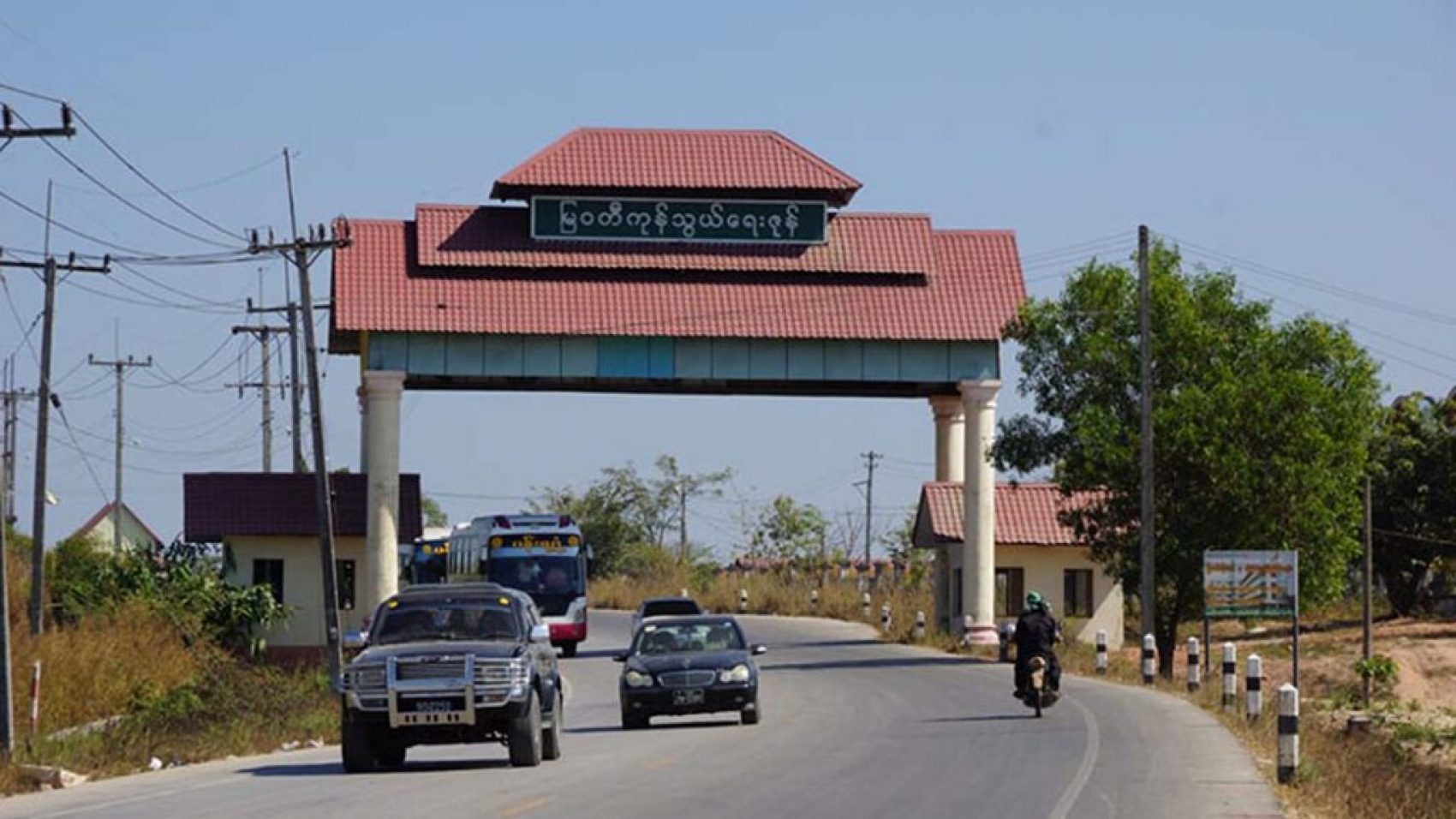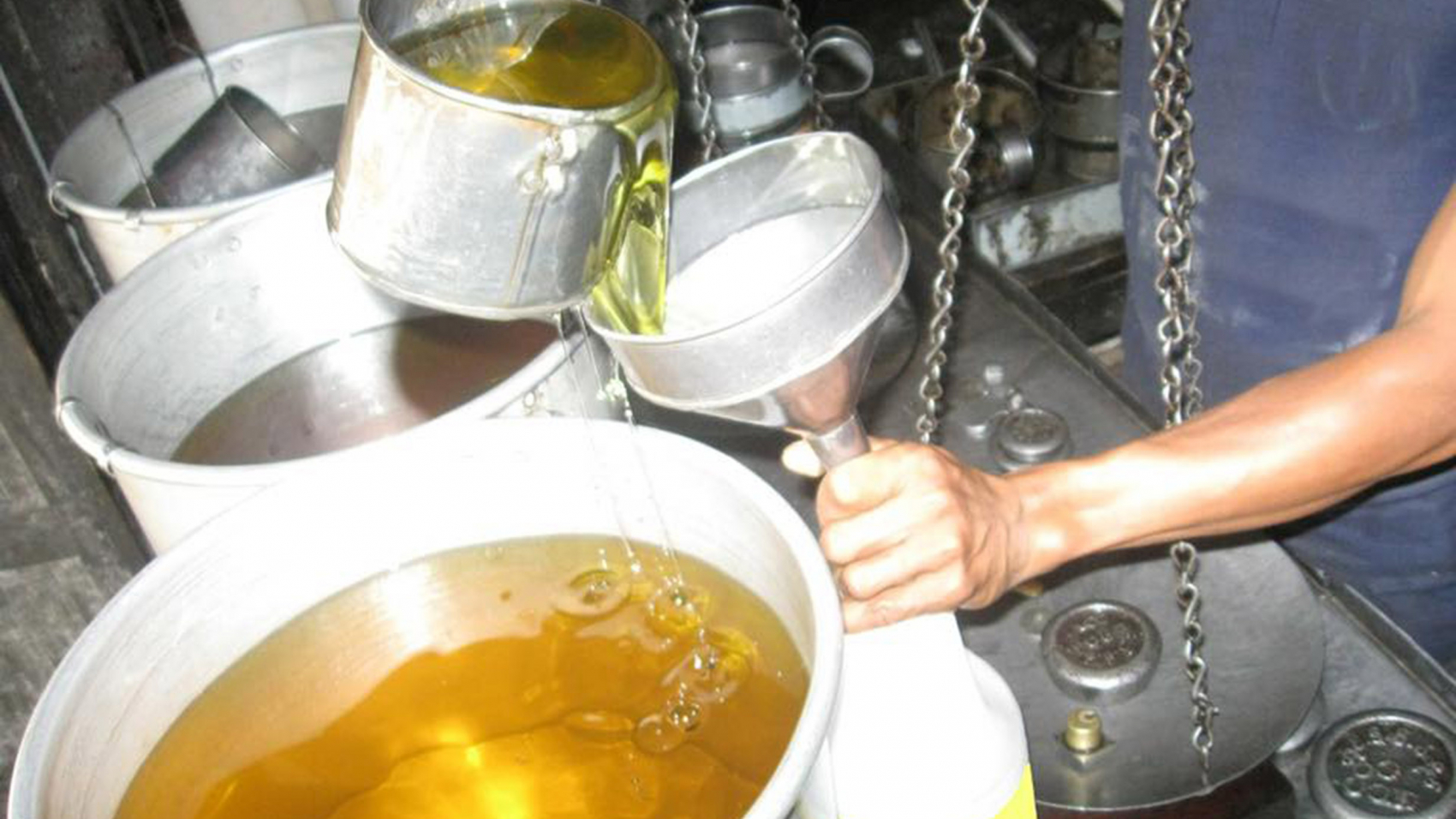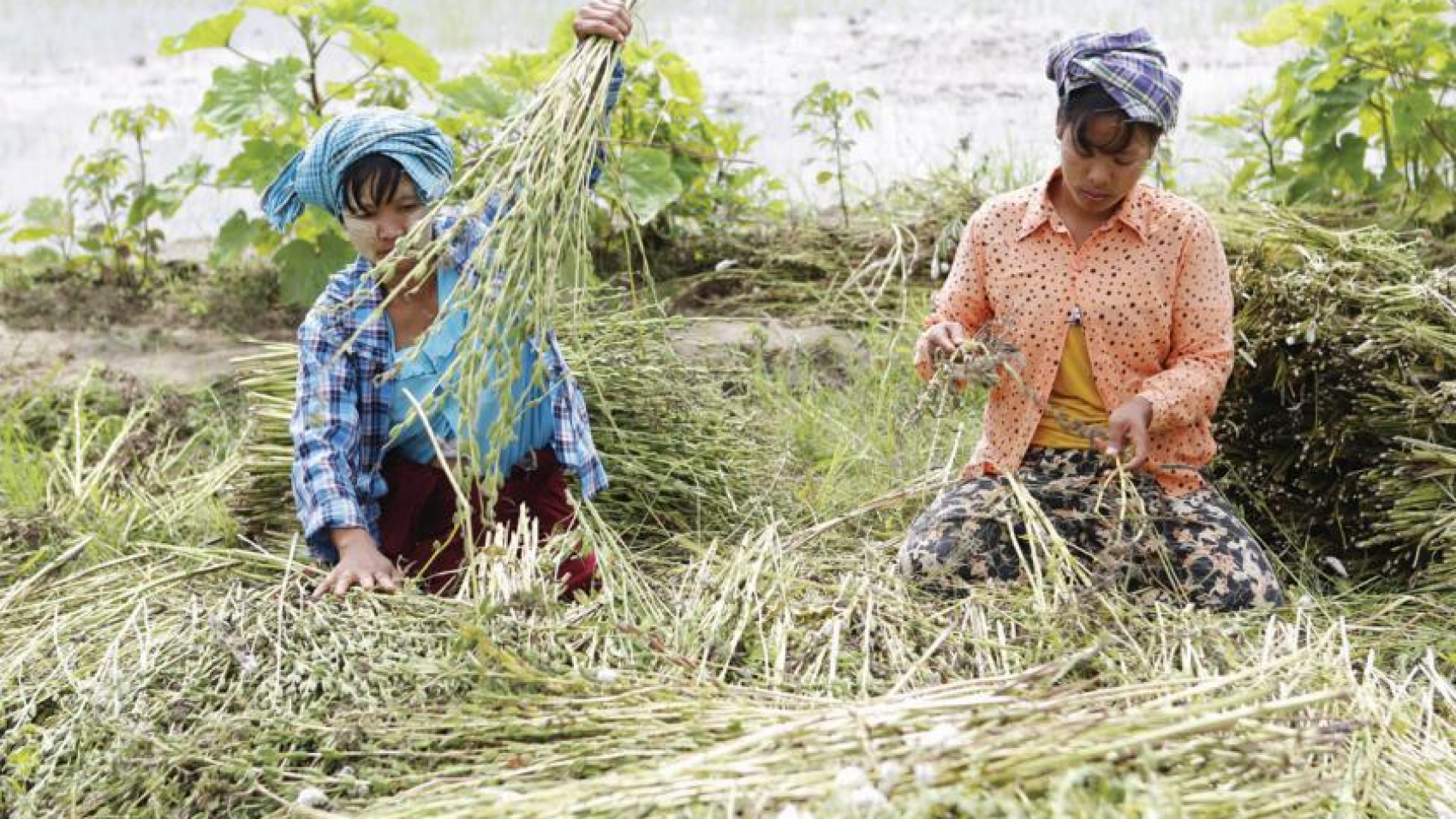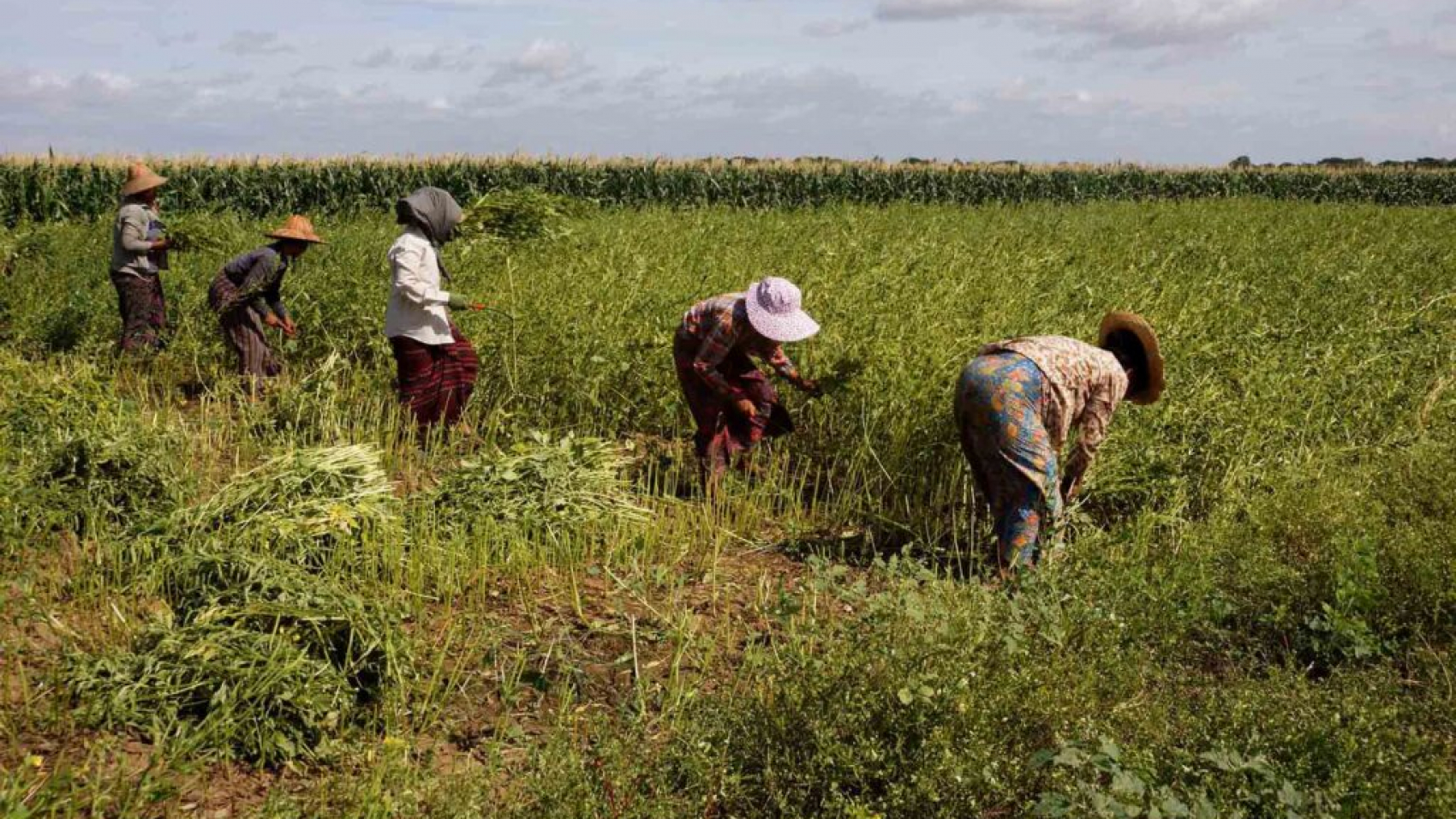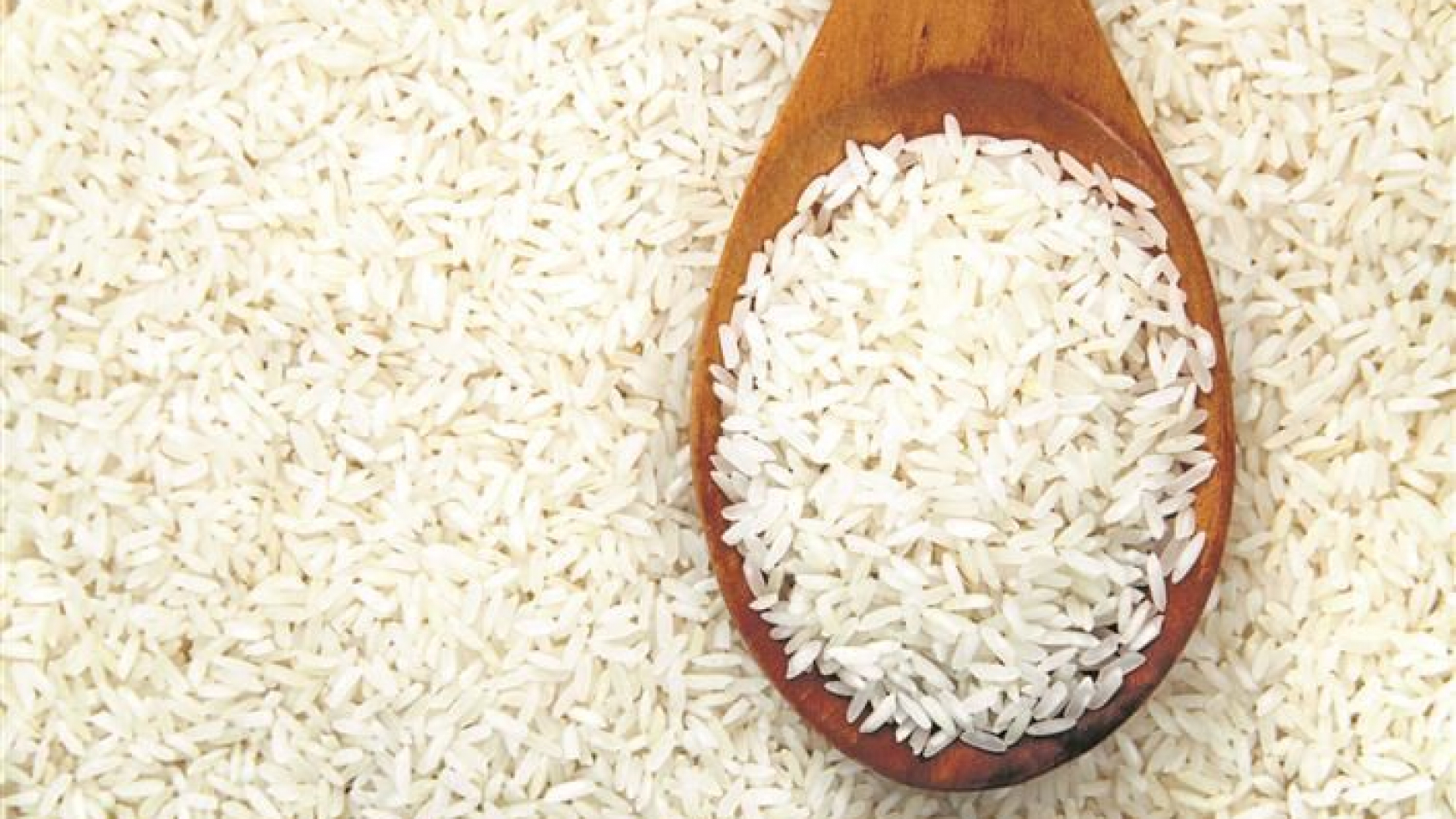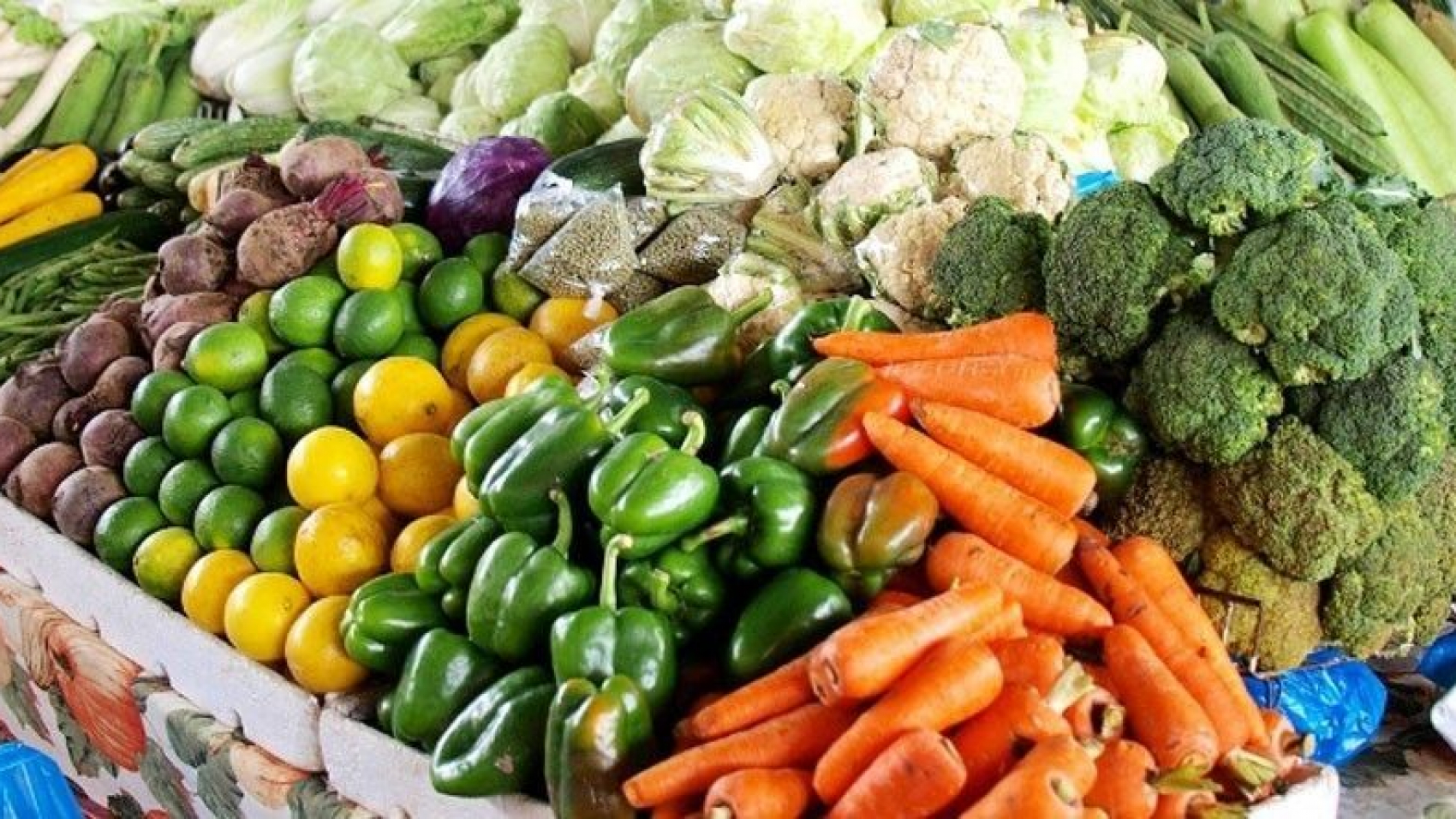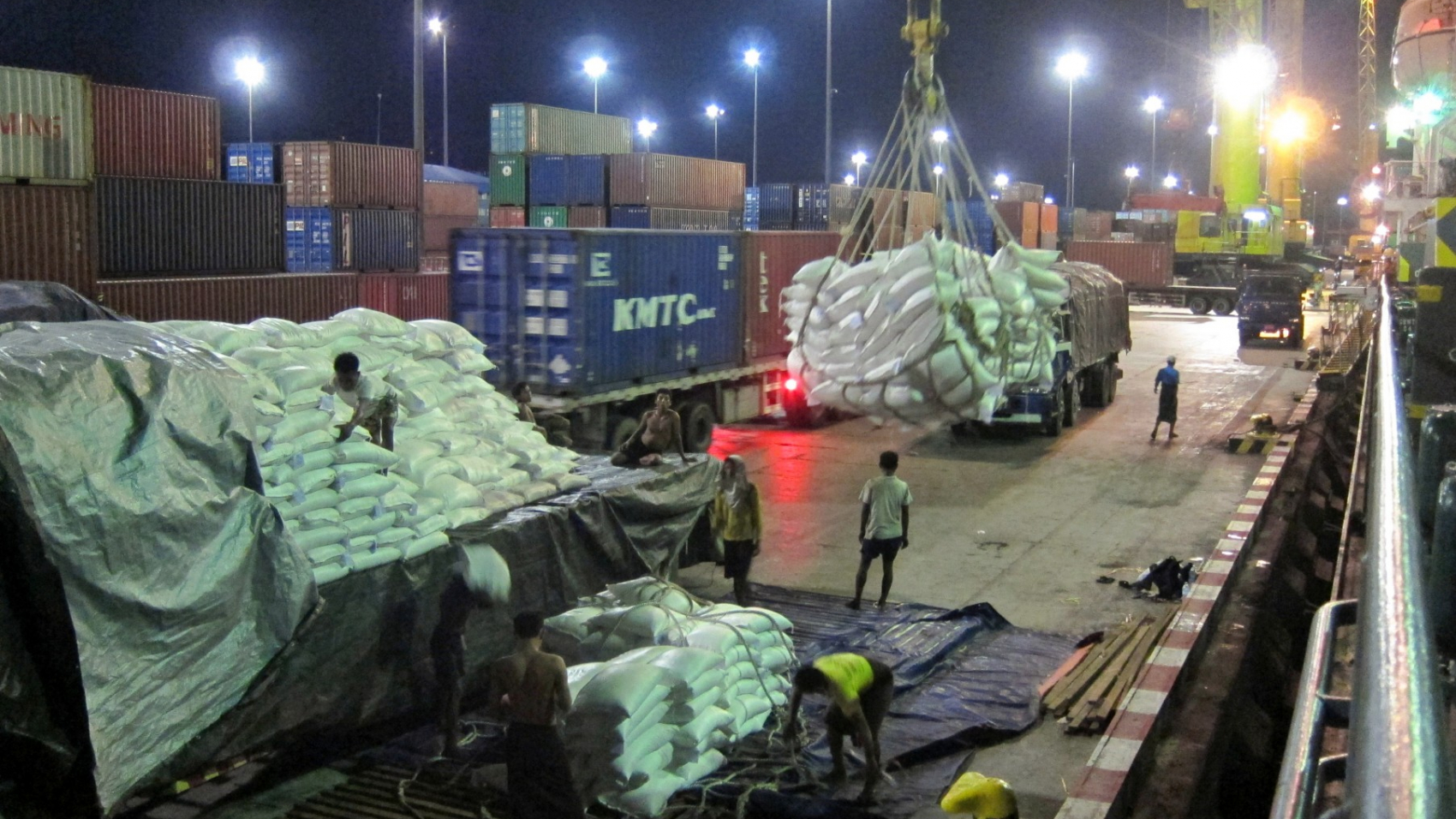From 2 to 8 July, a trade volume worth US$20.662 million was conducted from the Muse 105th-mile trade zone on the Myanmar-China border and the Kawthoung trade post on the Myanmar-Thailand border. The 105th-mile Muse trade zone on the Myanmar-China border has been able to export goods worth $12.065 million and import goods worth $5.467 million. Compared to the previous week, the volume of trade in the Muse 105th-mile trade zone decreased by $3.923 million in exports and $2.672 million in imports, and the trade volume decreased by $6.595 million.
The export this week included crab, eel, white sesame, pulp paper, dried chillies (stemless), turmeric (Shan), and arena nut (with shell) among others and the main exports such as rice, broken rice and beans decreased. As imports, more dry batteries, bicycle spare parts, medicines, and furniture were imported. Import value decreased because fewer corrugated iron sheets, kitchen appliances, tractors, light bulbs, and lamps were imported. Similarly, the Kawthoung trade post on the Myanmar-Thailand border was able to export goods worth $2.802 million from 2 to 8 July.
It is reported that the import value was $0.328 million and the trade volume was $3.13 million. In terms of exports, compared to the previous week, the main export items were various kinds of seafood and $0.202 million were earned more than the previous week. In terms of imports, compared to the previous week, although there were more imports of machinery and equipment, due to the decrease in the import of chemicals, plastic raw materials, detergents and other products, there was a decrease of $0.237 million. Compared to the previous week, the amount of trade decreased by $0.135 million, according to the Kawthoung trading post.
Source: The Global New Light of Myanmar


